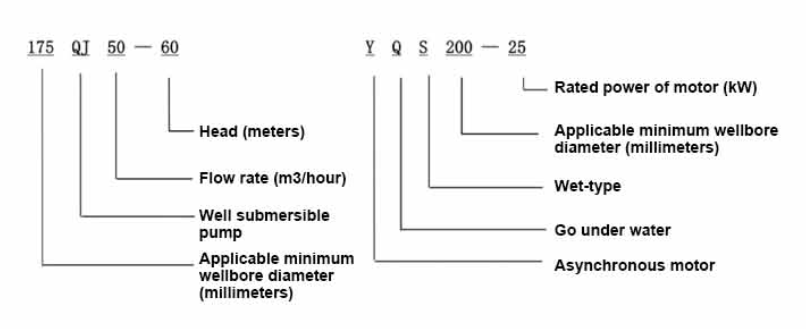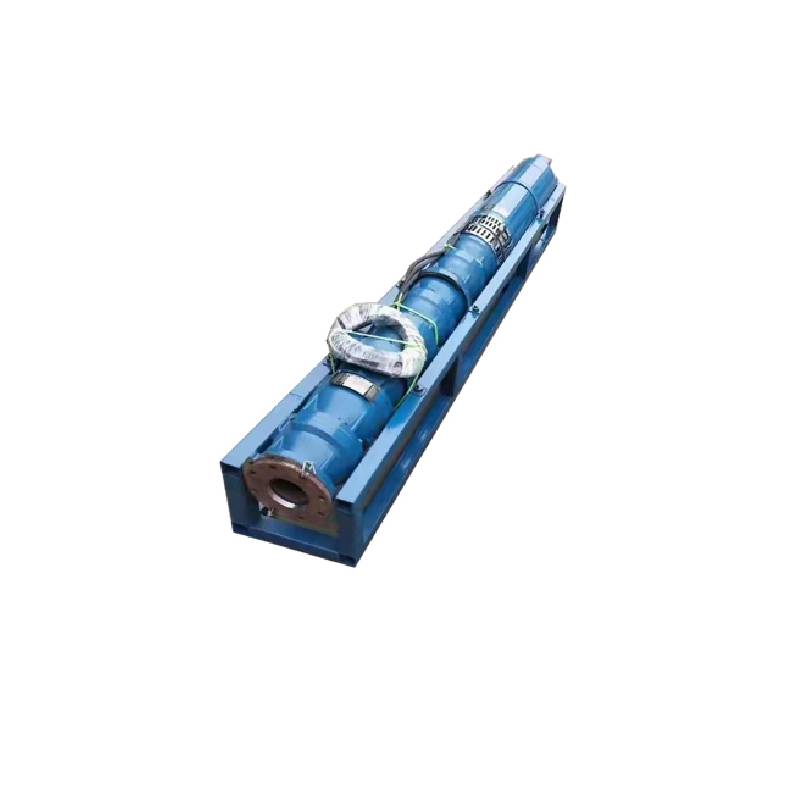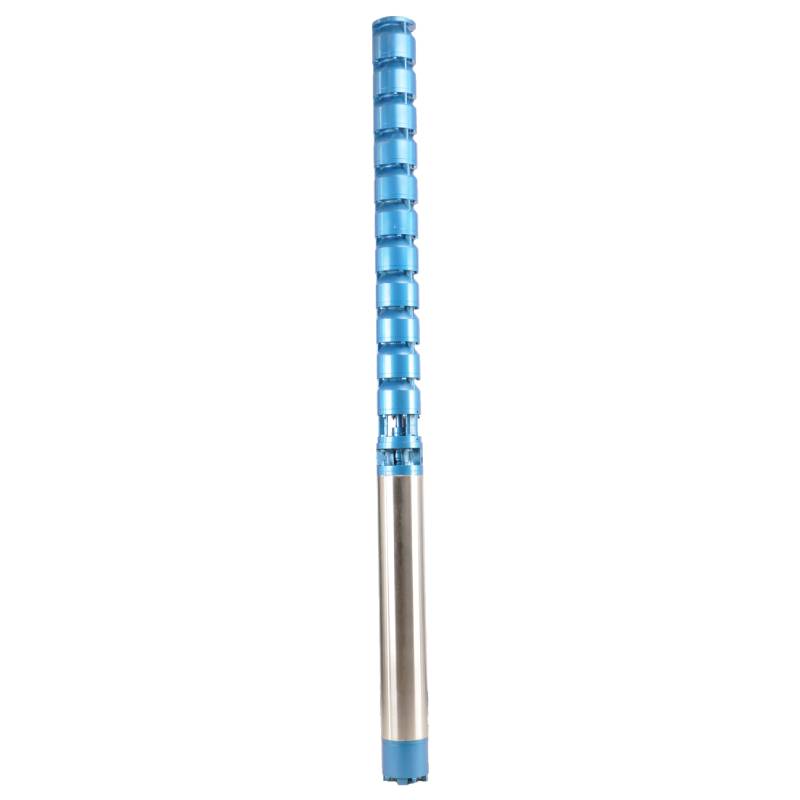syys . 19, 2024 04:59 Back to list
submersible sump pump not working
Troubleshooting a Submersible Sump Pump That Is Not Working
A submersible sump pump is an essential device for homeowners in areas prone to flooding or excessive groundwater. It sits in a sump pit, pumping out water to prevent flooding in basements and crawl spaces. If your submersible sump pump is not working, it can lead to significant water damage and costly repairs. Below, we explore common reasons why your pump may be failing and steps you can take to troubleshoot the issue.
1. Power Problems
The first step in troubleshooting a non-working submersible sump pump is to check the power supply. Verify that the pump is plugged in and that the outlet is functioning properly. You can do this by plugging another appliance into the same outlet to see if it works. Additionally, check your circuit breaker or fuse box to ensure that the circuit hasn’t tripped or blown. If there’s an issue here, restoring power will likely resolve the problem.
The float switch is a crucial component responsible for turning the pump on and off depending on the water level in the sump pit. If the float switch gets stuck due to debris or sediment buildup, or if it’s damaged, the pump won't engage. To troubleshoot, remove the pump from the pit and inspect the float mechanism. Make sure it moves freely and isn't obstructed. Clean any debris and ensure that it can move up and down without restriction.
3. Clogged Discharge Pipe
submersible sump pump not working

Over time, the discharge pipe can become clogged with debris, dirt, or sediment, preventing water from properly exiting the sump pit. If you notice your pump is running but there’s little to no water being expelled, check the discharge pipe for blockages. You may need to disconnect the pipe and clean it out. Additionally, inspect the check valve, which allows water to flow in one direction but can sometimes fail, causing water to flow back into the pit.
4. Impeller Issues
The impeller, found inside the pump, is responsible for moving water out of the sump pit. If it becomes jammed with debris, the pump will be unable to function. Turn off the power and remove the pump from the pit to inspect the impeller. Clear any blockages or debris and ensure that the impeller spins freely. If it’s damaged, replacement may be necessary.
5. Pump Failure
If you’ve checked all the mechanical components and the pump still isn’t working, it may be that the pump itself has reached the end of its lifespan. Most submersible sump pumps last around 5 to 10 years, but frequent use or lack of maintenance can shorten their lifespan. If repair isn’t feasible or the pump is considerably old, consider investing in a new unit.
Conclusion
A non-working submersible sump pump can be a source of stress, especially during heavy rainfall or flooding. By following these troubleshooting steps, you can identify and resolve common issues to restore your sump pump’s functionality. Regular maintenance, such as cleaning the sump pit and checking the float switch, can help prevent problems in the future, ensuring your home remains safe and dry. If you’re unable to resolve the issue, consulting a professional plumber is always a wise choice.
-
Efficient 250QJP Peep Well Submersible Pump for Deep Well Water
NewsAug.30,2025
-
Deep Well Pump Installation Guide: Reliable Submersible Pumps
NewsAug.29,2025
-
125QJR Deep Well Submersible Pump - High Performance & Reliable Water Supply
NewsAug.28,2025
-
Water Filled Submersible Pump
NewsAug.26,2025
-
The Ultimate Solution for Clean
NewsAug.26,2025
-
SS Submersible Pump
NewsAug.26,2025
-
 Efficient 250QJP Peep Well Submersible Pump for Deep Well WaterDiscover the powerful 250QJP Peep Well Submersible Pump. Engineered for high-efficiency and reliability, it's ideal for deep well water supply, industrial, and agricultural irrigation. Get consistent performance. Explore our range today!Detail
Efficient 250QJP Peep Well Submersible Pump for Deep Well WaterDiscover the powerful 250QJP Peep Well Submersible Pump. Engineered for high-efficiency and reliability, it's ideal for deep well water supply, industrial, and agricultural irrigation. Get consistent performance. Explore our range today!Detail -
 Deep Well Pump Installation Guide: Reliable Submersible PumpsGet expert deep well pump installation for reliable, consistent water. Our durable submersible well water pumps are ideal for homes & farms. View our installation diagram & solutions.Detail
Deep Well Pump Installation Guide: Reliable Submersible PumpsGet expert deep well pump installation for reliable, consistent water. Our durable submersible well water pumps are ideal for homes & farms. View our installation diagram & solutions.Detail -
 125QJR Deep Well Submersible Pump - High Performance & Reliable Water SupplyGet reliable, high-performance water with the 125QJR Deep Well Submersible Pump. Ideal for irrigation, agriculture, and industrial deep well applications. Experience efficient, continuous water supply. Shop now!Detail
125QJR Deep Well Submersible Pump - High Performance & Reliable Water SupplyGet reliable, high-performance water with the 125QJR Deep Well Submersible Pump. Ideal for irrigation, agriculture, and industrial deep well applications. Experience efficient, continuous water supply. Shop now!Detail
